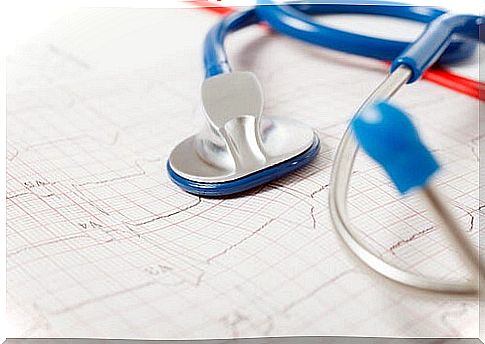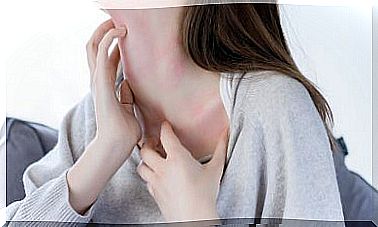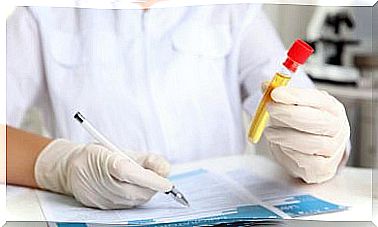Can You Recognize And Prevent Tachycardia?
Tachycardia is a disorder of the rhythm of the heartbeat. It is a type of arrhythmia that is characterized by accelerating the heart and making it beat faster than normal when the person is in a state of rest. However, it is important to differentiate normal tachycardia from pathologic tachycardia.
The first, usually appears naturally in a stressful situation or when doing some physical activity. In the second, the heart beats faster than normal but when the person is at rest. Do you know how to recognize it? Here’s how to identify the warning signs and what to do to prevent this condition.
What are the types of tachycardia?

Tachycardia can occur in different parts of the heart. Therefore, in order to identify them, it is important to know the types that there are. These are classified according to their origin and triggering causes. The Mayo Clinic notes that these are the most common among the general population:
- Atrial fibrillation : It is the most common type, and it occurs, as its name suggests, in the atria (upper chambers of the heart). It is characterized by irregular electrical discharges, resulting in rapid, weak, and uncoordinated contractions of this part of the heart.
- Atrial flutter : This is characterized by the fact that the atria contract very quickly but at a regular rate. The contraction is weak and the situation, although it can reverse on its own, in some cases requires treatment. These patients also often have atrial fibrillation.
- Supraventicular and ventricular tachycardia : The first case is the heartbeat that occurs abnormally at some point above the ventricles. As for the second, it is the same as the first clinical picture but in the lower chambers of the heart, that is, in the ventricles.
- Ventricular fibrillation : It is the same pathology as atrial fibrillation but originates in the ventricles. It usually occurs during or after a heart attack. Many of the patients who have this type of tachycardia also have some heart disease or have suffered some serious trauma.
Most frequent symptoms
We already know that tachycardia is characterized by an increased heart rate. However, this is not the only sign that must be taken into account to identify it. According to a publication by the American Heart Association , some people may experience the following symptoms:
- Fainting.
- Dizziness
- Palpitations
- Fluttering in the chest
- Rapid pulse
- Pain or pressure sensation in the chest.
- Difficulty breathing.
- Fatigue.
Can tachycardia be prevented?
Although everyone can suffer from such a condition, there are a number of factors that can be avoided in trying to prevent tachycardia. It is important to bear in mind that any disease that causes damage to the heart tissue favors the appearance of this pathology.
So, as an NCH Healthcare System article indicates , to avoid these types of problems, it is best to eliminate risk factors that can lead to heart disease. To achieve this, it is important to follow these recommendations:
- Exercise regularly and eat a healthy diet low in fat, rich in fruits, vegetables, and whole grains.
- Avoid being overweight.
- Keep cholesterol levels and blood pressure under control.
- Give up smoking.
- Drink alcohol in moderation.
- Avoid recreational drug use.
- Ask your doctor what medications to avoid.
- Limit your caffeine intake.
- Control stress levels.
- Get regular checkups.
What are the treatments for tachycardia?
The treatments, according to the ABCDE Journal in Outpatient Emergencies, are aimed at treating the cause that triggers the tachycardia and reducing the heart rate. In addition, they focus on preventing future episodes and trying to minimize the complications that may develop. In this sense, the treatment can be:
- Vagal maneuvers: they are called vagal because they affect the vagus nerve.
- Drug therapy: antiarrhythmic drugs are administered if the previous maneuvers are unsuccessful. These drugs are given intravenously or orally.
- Cardioversion: With a defibrillator, an electrical current is applied to the patient to “reset” the heart. It is used when neither of the two previous treatments has an effect.
In short, to try to prevent this disease, it is essential to keep the heart in good condition and reduce the risk of suffering from heart disease. To do this, it is advisable to maintain an active life, eat a balanced diet, avoid cigarette smoking and control stress.
The above will contribute to having a good state of health in general. If despite having all the precautions mentioned above you suffer from this disease, go to the doctor as soon as possible to start the treatment as soon as possible. Remember to check the red flags and not ignore any of them.









